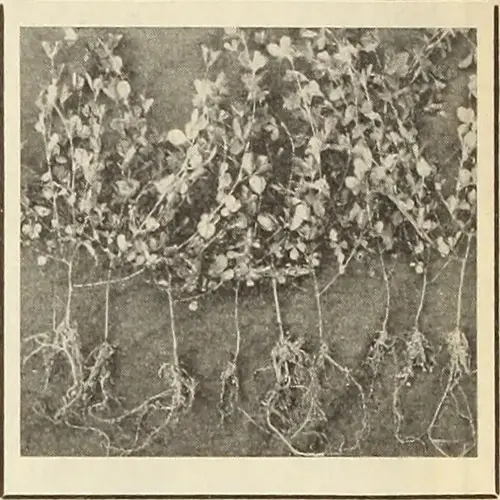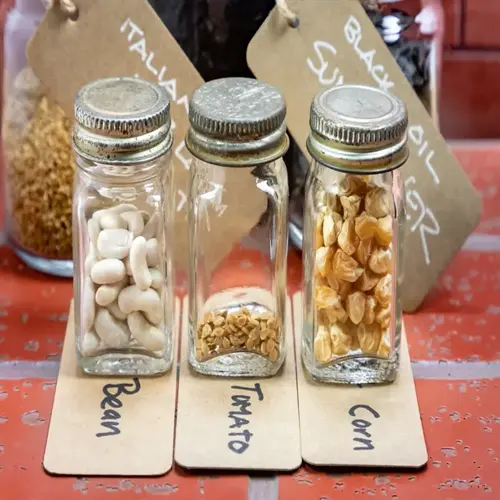Can paper towels be used for cold stratification?

Written by
Paul Reynolds
Reviewed by
Prof. Samuel Fitzgerald, Ph.D.Paper towels provide an efficient stratification method, particularly for small seeds like lettuce and snapdragons. This method allows observable progress monitoring because you can see roots. I have also successfully used it for herbs such as basil and parsley with a 90% germination rate.
Preparation
- Use double-layer plain white towels without prints or dyes
- Mist until evenly damp without water pooling
- Space seeds 1 inch apart to prevent root entanglement
Stratification Process
- Fold towels over seeds and place in ventilated plastic bags
- Label bags with seed type and start date clearly
- Store at 33-41°F in refrigerator back section
Monitoring & Transplanting
- Check weekly for root emergence and mold formation
- Use tweezers to handle sprouted seeds by the body not roots
- Plant immediately in pre-moistened seed-starting mix
Controlling moisture is essential. I mist the towels until they shine, but don't let them drip. You can add a little cinnamon to the water to drastically lower the chance of mold. Don't pile more than three layers on top of each other to ensure good airflow around every group of seeds.
Transplant fragile seedlings using tweezers onto the soil medium. For roots that stubbornly clung to towels, cut away with micro-scissors around roots. Plant the seedling immediately in warm, 70°F soil and under grow lights. This avoids transplant shock, which I have seen with basil seedlings.
When dealing with larger seeds, such as beans that require a deeper planting depth, this technique is less effective. Fuzzy-coated tomato seeds congregate in towels. I save the paper towels for seeds that are smaller than the grains of pepper. Always test a small shipment first before using up precious seed on it.
Successful paper towel stratification results in visible roots within 2-4 weeks. Seeing progression and seeing the seedlings develop will boost your confidence. This method is simple and requires very little in terms of materials, while affording maximum opportunities for observation for the home gardener.
Read the full article: How to Stratify Seeds: Ultimate Methods Guide

